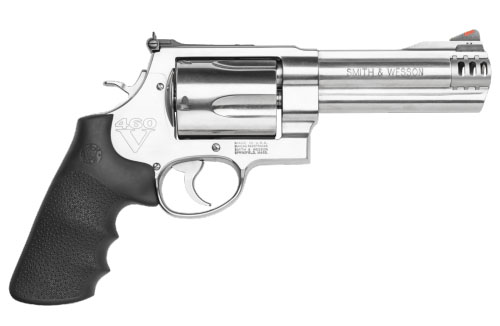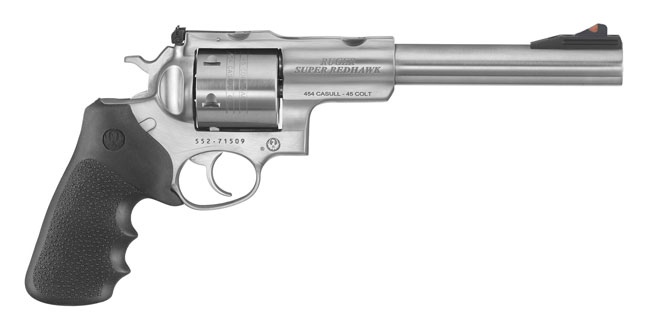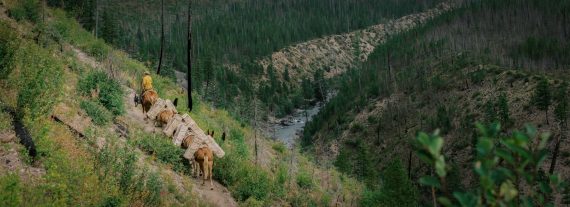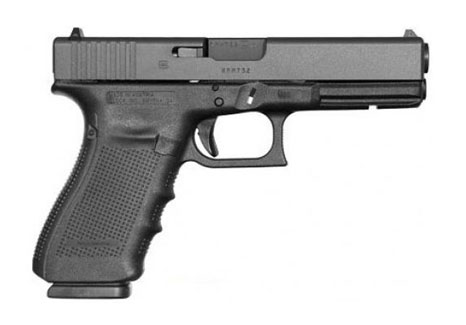When you head out into the woods, alone or with a small group, it’s important to define your predators. Most of the time it’s large cats and bears. These animals are usually more scared of you, than you are of them. Regardless, an unlikely meeting can occur. When it does, be prepared. There are really two schools of thought when it comes to self-defense against a wild predator.
LARGE BORE
A large caliber firearm will inflict the most damage used at a short range. You will likely only have a single chance to get one or two shots off.
Smith & Wesson 460V

One of the most versatile large bore revolvers, the five-inch gain-twist barrel provides an excellent trade-off between velocity and handiness. With a significant recoil and muzzle blast penalty, it is compatible with .460 S&W, .454 Casull or .45 Colt rounds, all of which work well for a thick and deep skinned animal.
Ruger Super Redhawk – .454 Casull
With a soft to moderate recoil similar to a 9mm full-sized GLOCK, the Redhawk is still a tank of a firearm. With a lot of power, it’s only safe to shoot with higher-pressure loads. Available in a five-inch variant, it’s still fairly light at just 47 ounces.
SEMI-AUTO
A semi-automatic gun that allows you to fire off multiple rounds which provides an opportunity for multiple entry wounds.
GLOCK .45 ACP
The AK-47 of semi-auto pistols, the GLOCK is always a surefire bet in the wilderness. Despite rain, dirt, or grime, the weapon fires all the time. While you can’t access the same stopping power as a large bore revolver, you can make up for it with capacity.
460 Rowland Conversions
Essentially this involves converting the GLOCK 21, 1911 with a Five-Inch or Six-Inch Slide, or a Springfield XDM. The conversion will up the pressure of .45 ACP from under 20k psi, to roughly 40k psi. Also running a 6-inch barrel vs a 5-inch barrel will add more energy as well. Bottom line, this conversion helps you ‘beef up’ your semi-auto handgun.
There is plenty of anecdotal evidence to support both theories. One truth remains the same: a caliber that works and penetrates well in a thin-skinned human will not do nearly the same job on a thick-hided bear or cat, with much thicker bones and a deeper vital organ zone.
Should you encounter a bear or big cat in the wild, treat the situation much like a concealed carry scenario. Except you’re not defending yourself against a human, but a large carnivore with a much different anatomy.





